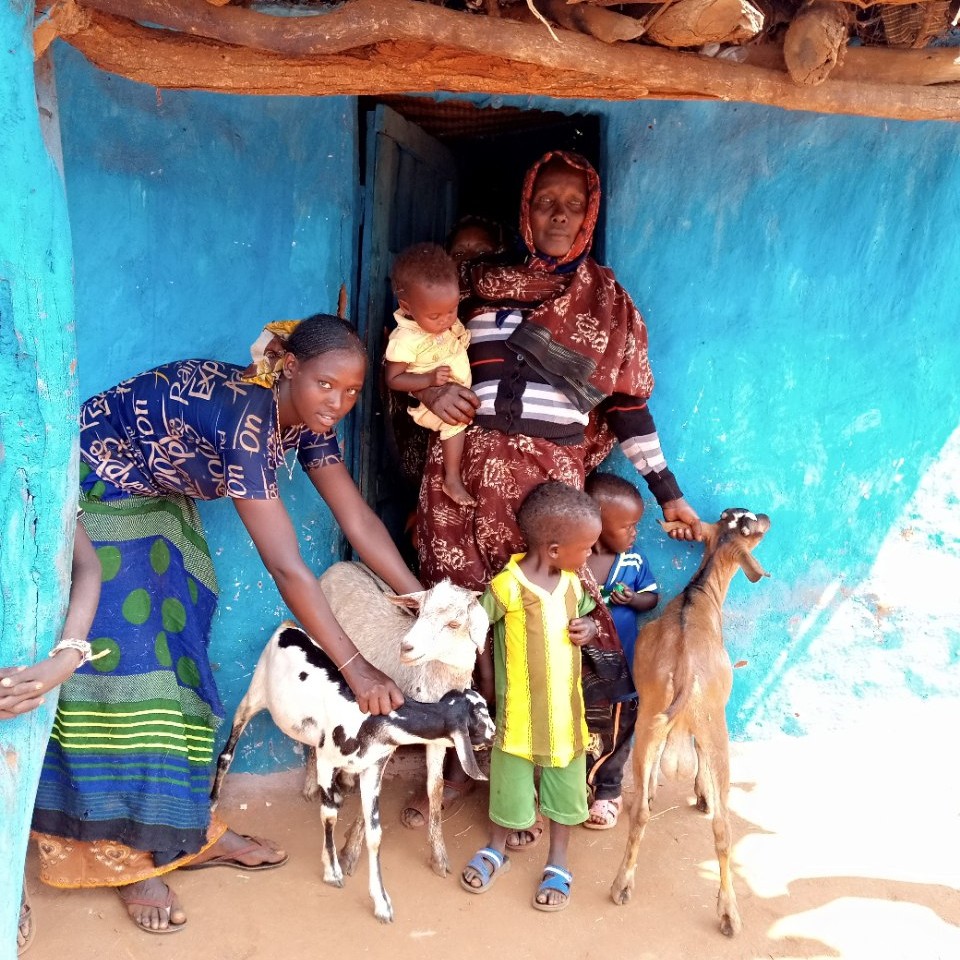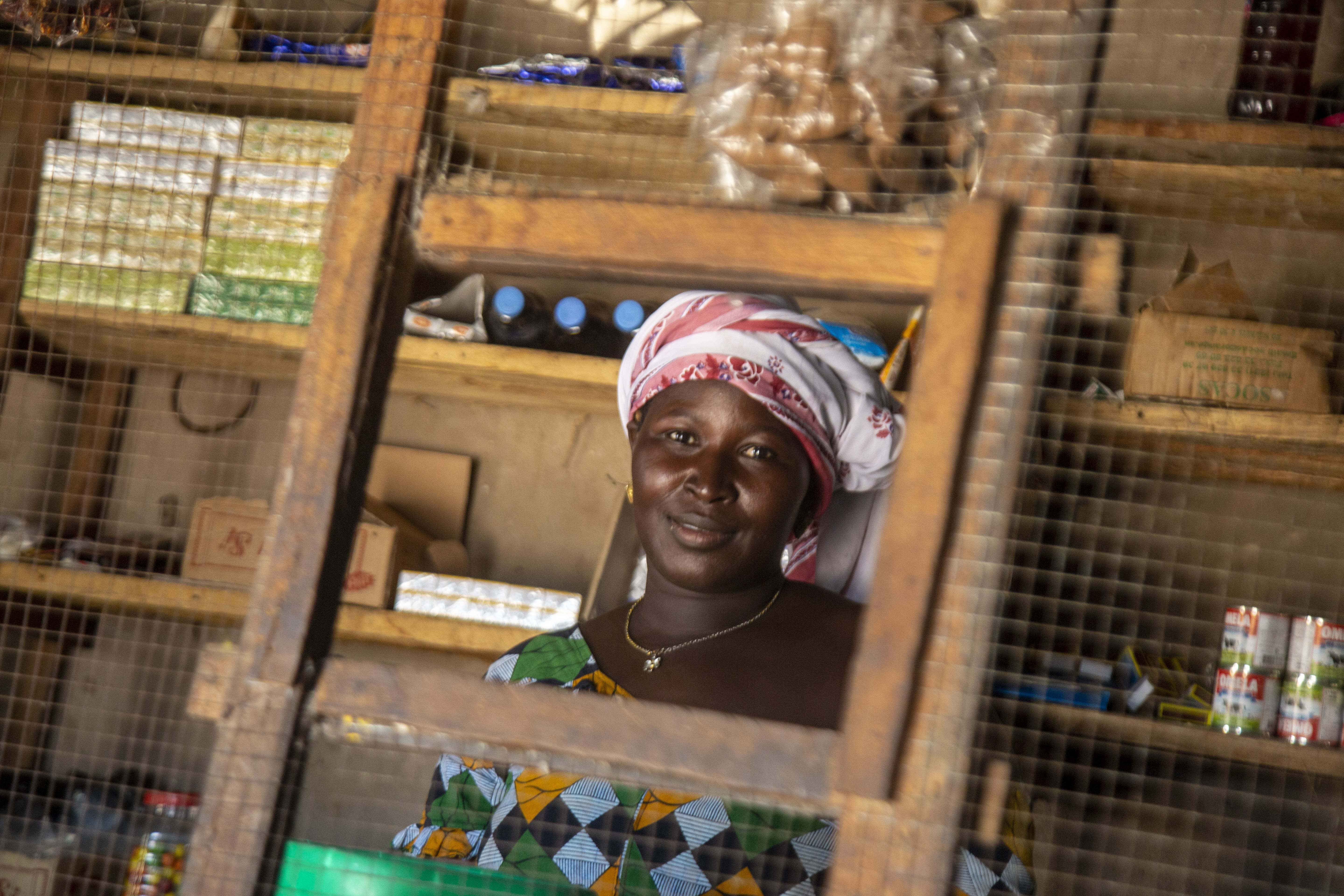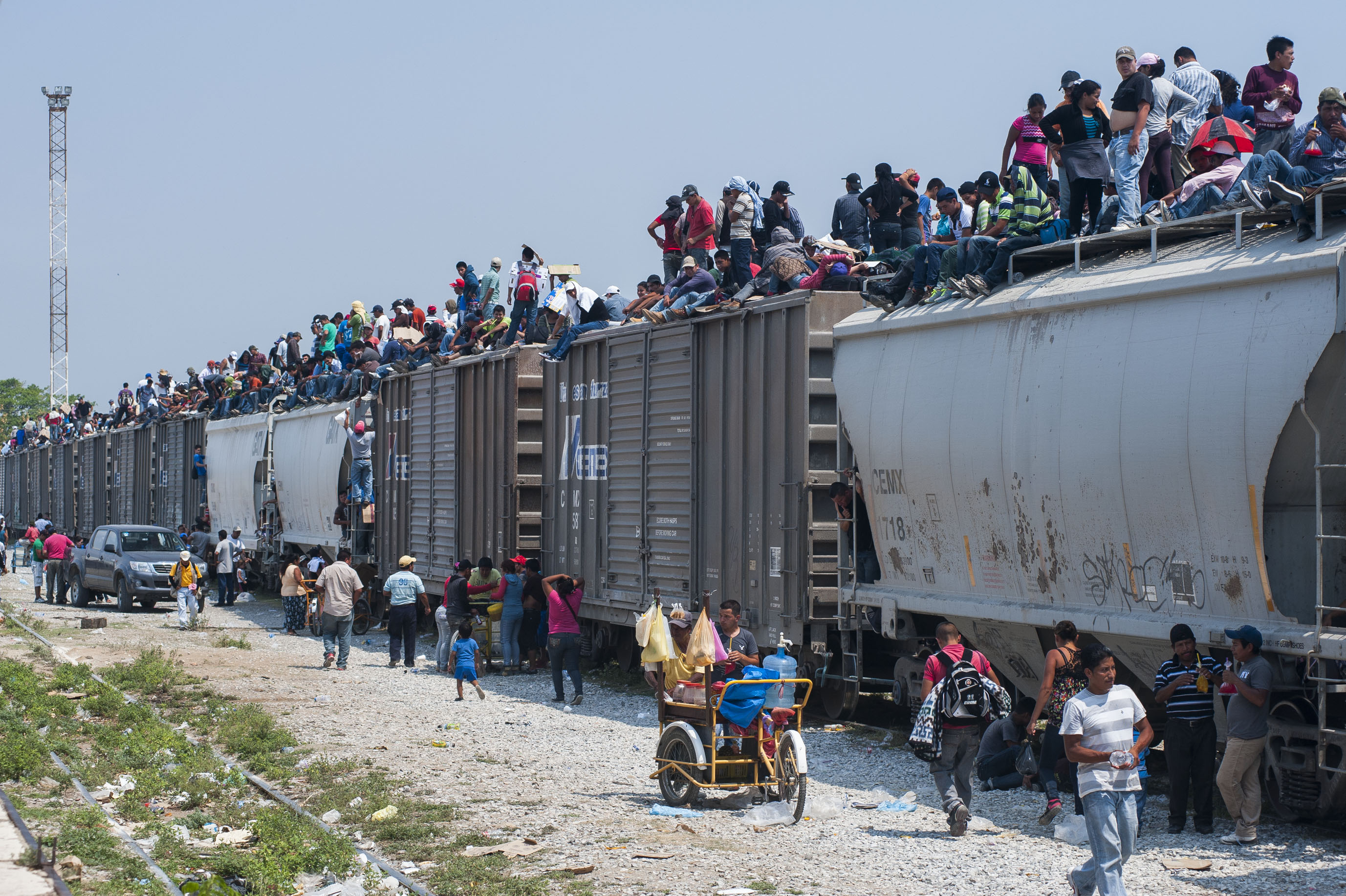Geneva, 31 Oct 2021 – The COVID-19 pandemic has reshaped the lives of migrants and displaced populations in urban areas, adding to new or pre-existing vulnerabilities. Within half a year of the outbreak, an estimated 90 per cent of all reported COVID-19 cases were in cities, making urban areas the epicentre of the pandemic by July 2020.
Many displaced and migrant populations live in urban areas, where the economic impact of COVID-19 has been pronounced. Migrants play a critical role in responding to COVID-19 because they often work in essential sectors, including health care, sales and services, agriculture, fisheries, food production, manufacturing and distribution. As these populations are more likely to work in service industries or the informal sector, they have often been the first to lose their jobs because they do not have paid medical leave or through the economic consequences of the pandemic. Informal workers worldwide lost as much as 60 per cent of their earnings in the first month of the health crisis. In Africa and Latin America, this figure was nearly 80 per cent.
Furthermore, refugees and internally displaced persons (IDPs) living in crowded, urban environments also face greater health risks because living and working conditions are beyond their control. Compounding the difficulties following basic COVID-19 prevention measures of physical distancing, masking and frequent handwashing, these populations also often lack access to COVID-19 vaccines through a combination of factors, including limited vaccine supply; lack of trust and information; and fear of arrest, detention or deportation when seeking health care or vaccination services.
The International Organization for Migration’s (IOM) Displacement Tracking Matrix (DTM) has been gathering information on the impacts of COVID-19 on mobile populations across different urbanization levels to better understand their vulnerabilities and challenges. Marking 31 October 2021 as World Cities Day provides an opportunity to focus attention on the challenges faced by urban migrants and displaced populations during the pandemic.
Ethiopia

In Ethiopia, a mother, Galmo, with her family and some of the goats she bought to restock her herd. Photo: IOM Ethiopia
The economic impact of the COVID-19 pandemic has hit displaced urban households disproportionally hard in Ethiopia. A joint publication by IOM and the World Food Programme (WFP) highlighted that lockdown and mobility restrictions worsened the country’s economic situation, resulting in rapid increases in unemployment and food prices. Food security deteriorated rapidly over the course of 2020 and displaced populations have become increasingly vulnerable to the food crisis as the pandemic has drained funding for humanitarian operations. As of July 2021, DTM found that in 81 per cent of all displacement locations in Ethiopia, people reported food shortages. In 83 per cent, the price of available food had increased.
Labour reductions at the onset of the pandemic, in addition to a relatively slow recovery rate, were also felt most acutely in densely populated towns. The pandemic-related job losses have also severely impacted the flow of remittances in and out of the country. The combined effects of these economic impacts were an estimated 31 million people living below the poverty line in 2020, up from 26 million in 2019.
Libya

Young Senegalese returning home from Libya and other countries have participated in multimedia training as part of IOM’s Migrants as Messengers project. Photo: IOM/Alioune Ndiaye
The socioeconomic impacts of COVID-19 have meant migrants who are unemployed or rely on daily casual labour have faced food insecurity. In April 2020, DTM Libya found that 32 per cent of migrants had inadequate food consumption levels. The findings also revealed that over 70 per cent of migrants living in informal settings did not eat enough and that the use of negative food-based coping mechanisms, such as cutting the number and size of meals, had risen substantially from 2019, with 63 per cent of migrants adopting such strategies. By the start of 2021, a joint study conducted by DTM and WFP found that migrant livelihoods continued to be impacted by the pandemic, with three in four migrants reporting that their income had been cut and 34 per cent sending less or no remittances home.
Somalia
In Somalia, most people displaced by natural disasters and conflicts live in informal settlements, often without a land tenure agreement and in precarious conditions. Photo: IOM/Foresight Films
Recurrent displacement due to conflict and environmental crises have strained already limited resources in urban and peri-urban displacement sites. Many internally displaced persons (IDPs) are living in overcrowded, makeshift shelters and struggle with preventative health measures. In poor urban settings and IDP camps, factors such as the lack of adequate drainage, poor sanitation and hygiene produce conditions that are favourable for the transmission of COVID-19.
In a May 2020 IOM assessment of IDPs, most stated that their livelihood has been hit by COVID-19 restrictions. In more urban districts, restrictions have placed economic strain on people who cannot travel to their place of employment. In another assessment conducted between July and August 2020, DTM found that in 93 per cent of the urban settlements surveyed, between 25 and 75 per cent of people reported having lost their jobs in the previous six months.
South Sudan

Hundreds of IDPs travel a busy street within the United Nations Protection of Civilians site in Malakal. Photo: IOM/Muse Mohammed
Two years of exceptionally severe seasonal flooding in 2019 and 2020 and the economic and health impacts of COVID-19, including border closures and travel restrictions, have compounded the protracted insecurity of millions in South Sudan. Between August and September 2020, DTM, in collaboration with WFP, conducted a study on the pandemic’s impact on mobility, livelihoods and access to humanitarian services in selected urban areas and IDP camps. The study found that 66 per cent of households reported that they cannot return to their former area of habitual residence. They also face riskier travel to visit family (45%), relocate (39.1%) or access health care (38.9%).
The economic vulnerabilities experienced by migrant and displaced households were also reported to have changed significantly after the introduction of COVID-19 restrictions. Four in five households (86%) reported a change in their sources of income, with 74 per cent indicating a cut in income. The income drop has increased food insecurity for migrant and displaced households already experiencing inadequate food consumption. Another joint study conducted in December 2020 shows that these challenges had not abated by the end of the year.
The way forward

After an irregular entry into Mexico near Ciudad Hidalgo, many Central and South American migrants begin a train journey north in Arriaga, Chiapas. Photo: IOM/Keith Dannemiller
Urban migrants and displaced populations have faced many challenges amid the COVID-19 pandemic. High levels of unemployment and limited job opportunities due to mobility restrictions have significantly limited livelihood and income-generating opportunities in urban centres and, in turn, increased food insecurity for vulnerable groups. Furthermore, while migrants and people on the move face the same health threats from COVID-19 as host populations, they also face specific vulnerabilities due to the circumstances of their journey and poor living and working conditions.
Countries’ responses to the pandemic and the populations living in their cities vary widely. As we commemorate World Cities Day, and as the global vaccination drive changes COVID-19 mobility restrictions worldwide, it is important to support those engaged in reopening and developing urban spaces and encourage them to pursue sustainable urban development goals, including safeguards for migrants, displaced persons, and their families.
By Hong Tran, DTM Associate, IOM